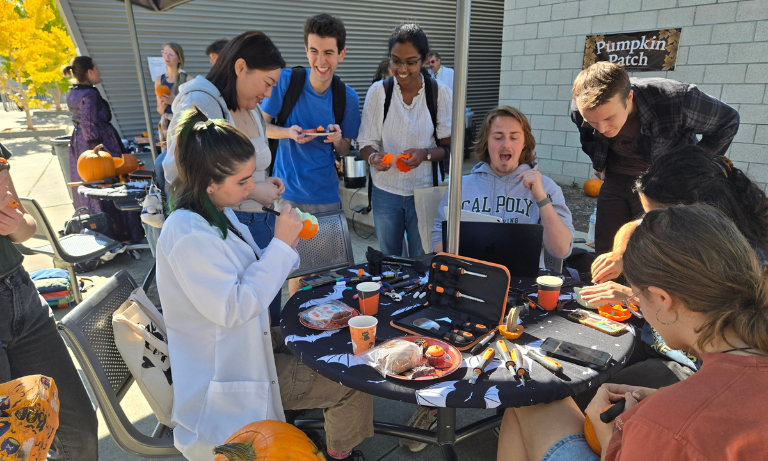In his Engineering, Design and Social Justice course, Professor Ben Lutz presents a thought-provoking scenario to his students: a bike lane narrowly wedged between parked cars and bustling city traffic, a common site for “dooring” incidents where an unsuspecting cyclist is struck by an opening car door.
Students from various engineering majors eagerly propose complex solutions, ranging from sophisticated sensors to innovative hinges and detailed warning systems. However, Lutz introduces them to a simpler alternative: the Dutch Reach – a technique involving opening a car door with the hand farthest from the handle, which naturally causes one to look back for approaching cyclists.
This straightforward change in habit starkly contrasts with their high-tech ideas, revealing them as over-engineered solutions to a problem that required a simpler approach.
“Engineers have a specific set of tools, but those tools have limitations. If your only tool is a hammer, every problem looks like a nail,” Lutz said, underscoring that technology, while powerful, is just one of many tools at an engineer’s disposal.
This classroom interaction illustrates the core concept of Lutz’s latest project, funded by a $172,000 National Science Foundation grant, which promotes sociotechnical thinking among engineers. This approach challenges them to look beyond mere technical solutions and consider the social, political and cultural dimensions that are integral to effective engineering.

The three-year research project, “Charting the Development of Sociotechnical Thinking in Engineering Students and Professionals,” uses scenario-based design tasks to explore how engineers at various career stages tackle complex challenges.
Slated to launch this summer, the project will involve 60-70 engineering professionals and 75-100 students, including up to three undergraduates and two graduates actively conducting the research.
Teams, organized by career stage, will tackle diverse challenges such as developing renewable energy systems for rural areas or designing smart home technologies for the elderly. The discussions generated are expected to illustrate varied problem-solving approaches, supporting the hypothesis that experience levels significantly influence sociotechnical reasoning.
“We expect to see differences in the ways that the groups talk about the scenarios and solutions,” said Lutz, who has taught in the Mechanical Engineering Department for six years.
The study’s first goal is to map these problem-solving variations, categorizing them into levels of sociotechnical thinking that showcase a range of complexities. The study will then delve into the academic and professional experiences that shape these approaches, identifying pivotal learning moments that could inform future educational strategies.
“We will closely examine how participants discuss their solutions – analyzing the depth and breadth of their reasoning,” he said. “By observing where they go when posed with a question, we can perform a thorough discourse analysis to pinpoint qualitative differences in their approaches.”
This deep understanding of the process could enable educators to better discern what sparks learning in engineering students, allowing them to effectively scaffold learning and enhance students’ ability to consider the full spectrum of contextual factors in their problem-solving.
“Fundamentally, our aim is to help engineers recognize their strengths and understand when to seek assistance,” Lutz said.
As the project nears kickoff, Lutz is encouraging students in the Engineering, Design and Social Justice course to embrace complex, multifaceted ways of thinking when addressing issues.
“The students are less familiar with this nonformulaic way of thinking,” he explained. “It challenges them to trust their instincts and get comfortable with intellectual struggles.”
Those who opt to participate in the project are particularly drawn to its focus on diversity, equity and inclusion, as well as its design and social justice components. Some even aspire to become professors and may one day apply the teaching strategies developed from this research in their future careers.
“The goal is to cultivate problem-solvers who not only design superior solutions but also ensure equitable outcomes,” he said. “Engineers need to consider the entire spectrum of possible solutions.”
By Emily Slater


